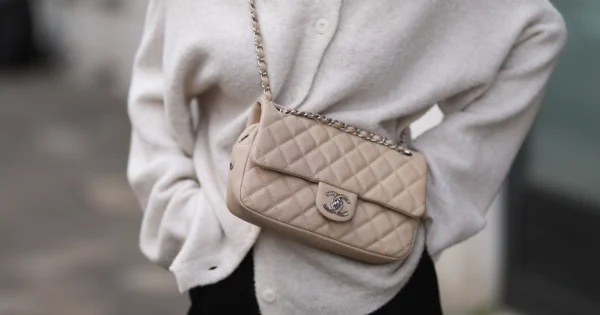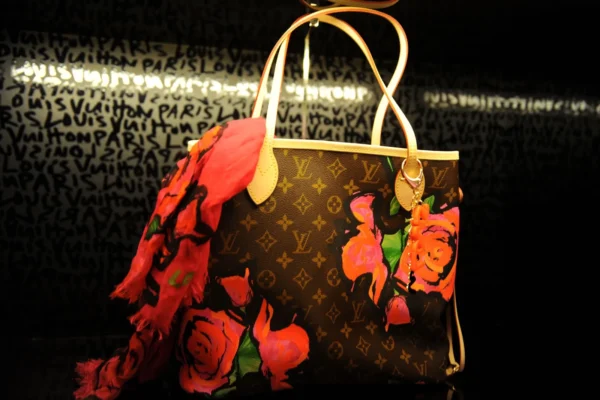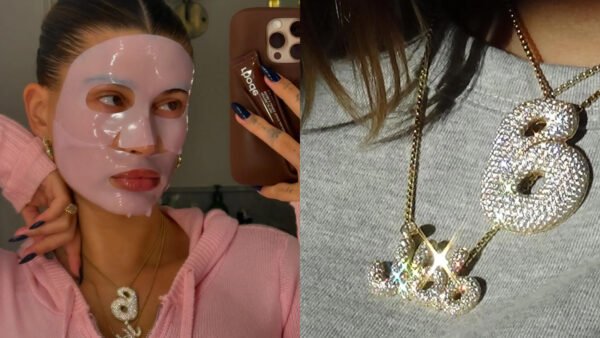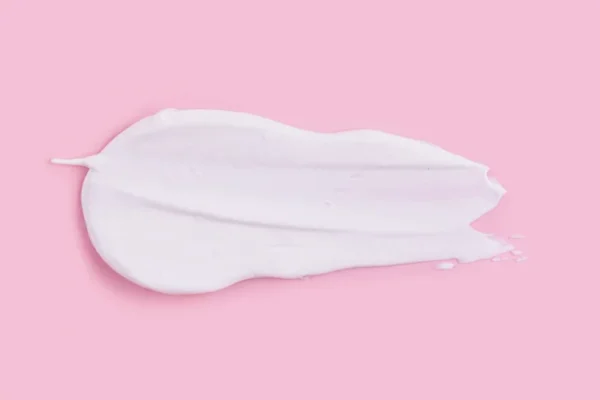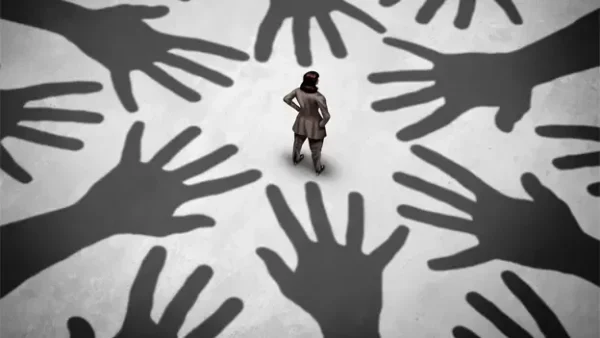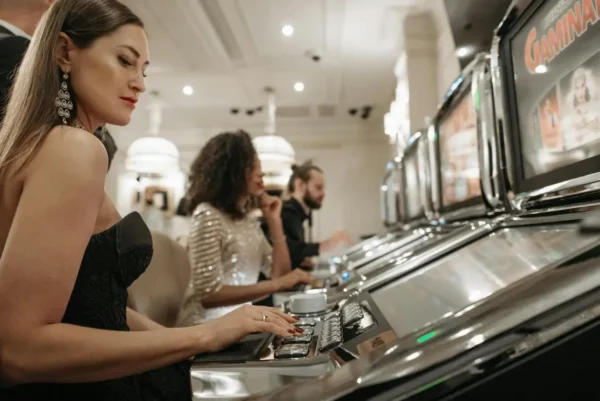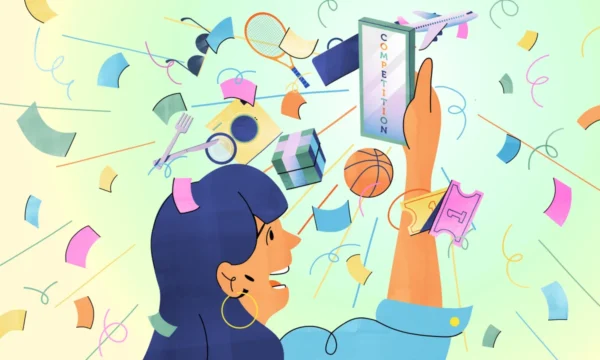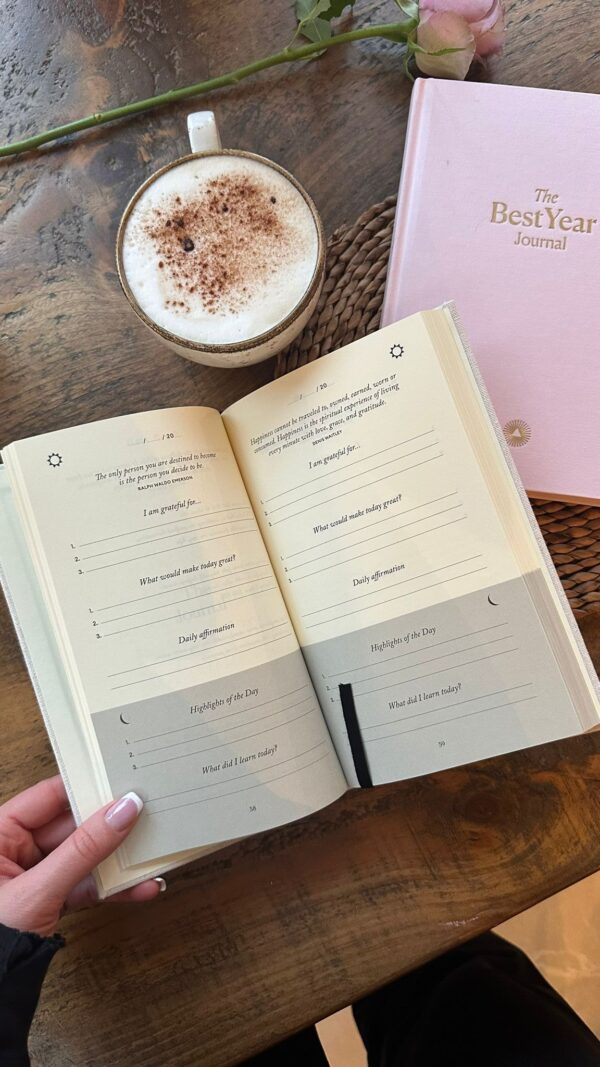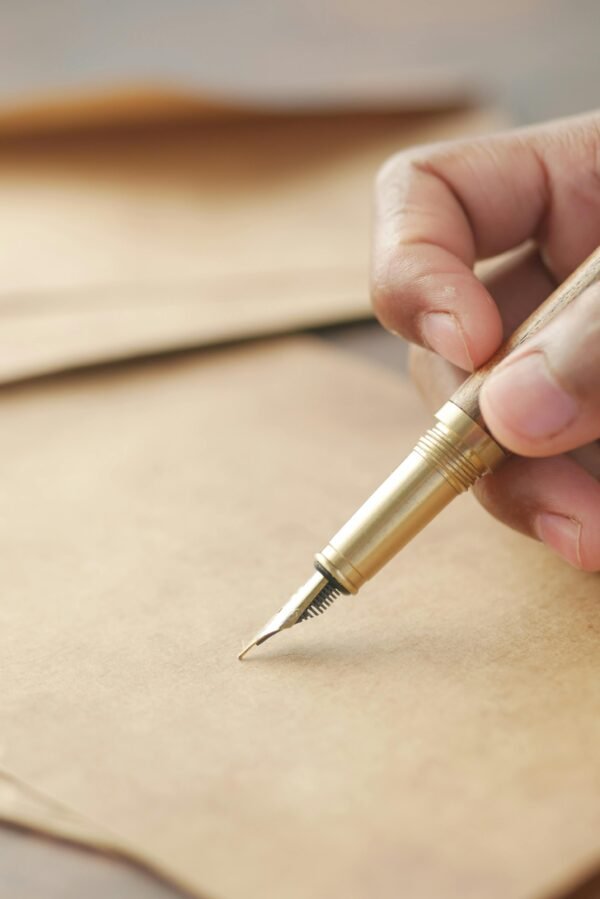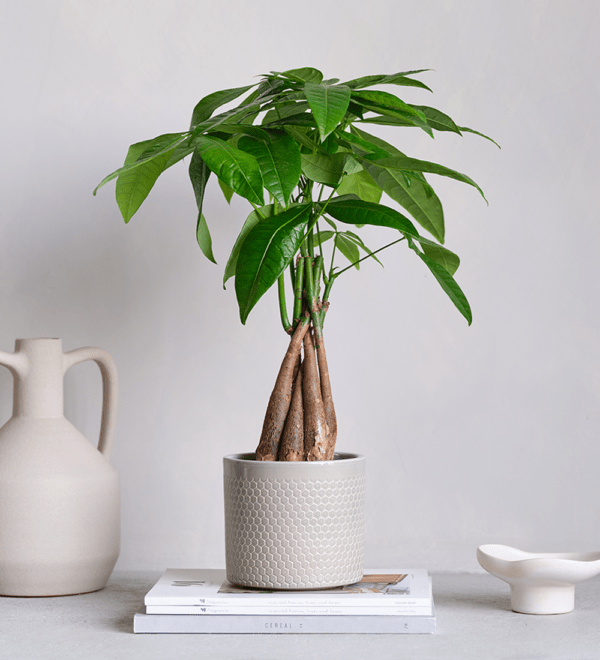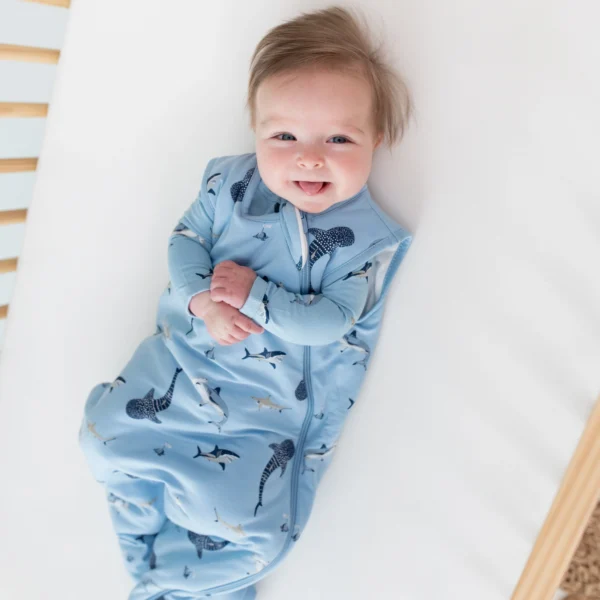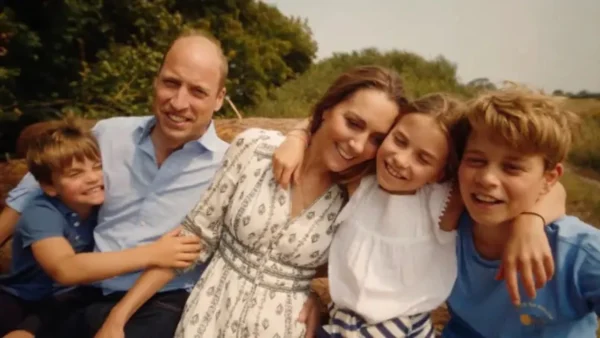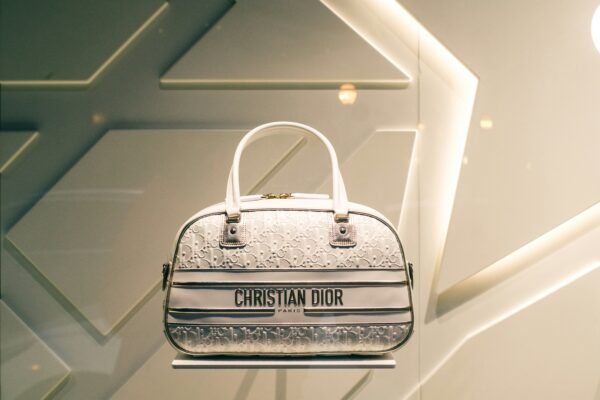
The Auction of the Century

On the 17th of November, the hammer will fall at Sotheby’s, and history will be made. The beloved jewels of Marie Antoinette Josephe Jeanne are going to be sold at auction, 225 years after the unfortunate queen of France lost her head to the guillotine.
The jewelry collection up for sale is part of the collection of the Bourbon-Parma family, and it has some pieces in it that would make history buffs and fashionistas alike weep with joy. In fact, you would be surprised what amazing objects one can find at an online auction. You can also make use of this kind of service to sell some of your belongings, specially useful when you are having a hard time getting a buyer to come to you and it’s also a good way to get as much as you can for whatever you’re trying to sell.


Her legend is what makes this Sotheby’s event be shrouded with an aura of magic and ancient celebrity. Even two centuries later, her name draws attention, whether you like her or not. The auction house presented their catalog earlier this ear, and the Bourbon-Parma collection is truly something to behold.
When we see jewels so rich that they almost have a fairy tale quality, we can’t help but to wonder what it would be like to feel their weight on our necks, to feel a hair brooch tightly clasping our carefully styled locks of hair, to feel like a princess for just a little bit (but let’s face it, we don’t actually want to turn into a pumpkin, have a date with the guillotine, or have all that… responsibility.)
How and when to become a princess?
One of the only chances we will have to wear something even remotely like this is our wedding day or a glamorous party that we’re all in desperate need of. A lot of brides admit that they wish they had more than one wedding, so they can dress up in a gorgeous gown one more time. The fact is, even people who weren’t exactly royalty knew how to have a ball. In the nineteenth century, it was one of the only ways you could actually meet an eligible bachelor. There was a whole ball season!

And with the ball season came a flurry of dress designers, and of course, jewelry styles. If you are lucky enough to attend a period themed ball, you should not only take care of your clothing but make sure you research and get period correct jewelry too. It will make the look. And lucky enough for us, thanks to modern technology there are look-alikes available that will make you look stunning – from period style hair jewelry and tiaras to necklaces and replica earrings. And although debutante balls aren’t as popular as they were back in the day, you can be on the lookout for fancy Halloween and New Years Eve parties where you can let your zirconia shine brighter than real diamonds.
Other famous royal jewels
There are some things less famous than the hope diamond, but their story and romance is timeless. Remember, there’s more to incredible, iconic jewelry than just the weight and cut. There’s romance, sometimes betrayal, a love scorned, a love fulfilled, and many lifetimes of women passing their fingers over what would be the most valuable possessions in their lifetimes, meant to be passed from mother to daughter, to granddaughter, to niece or a daughter in law. Here is the story of just a few of them:
The Vladimir Tiara

This incredible tiara is stunning to look at. It’s intricate design is a geometric wonder of diamonds and pearls. It’s made up of circles entwining into each other, with a pearl hanging freely in the middle of each circle.
Although this tiara can be seen in many pictures on the head of British royalty throughout time – Queen Mary, Queen Elizabeth and Princess Diana, this amazing tiara has its origins in the court of Russia, just before the revolution. It belonged to the Grand Duchess Vladimir, who wasn’t a fan of the Tsar’s wife, so she held a rival court where she could be the biggest star. The tiara was made in 1874 and was the Dutchess’ most dazzling piece of jewelry.

After the revolution, it was smuggled out of Russia by none other than the British Secret Intelligence Service – in a plain messenger bag!
The Duchess, having fled earlier, was reunited with her jewels in England. In 1920’s they were inherited by her children. Her daughter, Princess Nicholas of Greece, sold the tiara to Queen Mary in 1921. It remains a part of the British royal jewelry collection, and it is one of the most stunning pieces.
You can see the royals wearing this tiara with the drop down pearls, green emeralds (the emeralds have their own long story!) or without any added jewels. This tiara can be dressed to match the occasion.
L’Incomparable diamond necklace

The L’Incomparable diamond is a bit of a sad story – in that, it has no story behind it at all. The only woman you hear about when this diamond is mentioned, is the little girl who found it in a refuse heap in the Democratic Republic of Congo 30 years ago.
Since then, this amazing, yellow, flawless diamond has been shaped, sold and bought for higher and higher prices. In a lot of ways, it’s like an empty house. No love story, no soul – just money. If happen to own a piece of heirloom jewelry, it might have a more interesting story behind it than this 55 million dollar piece of jewelry that has been treated like a financial asset to the people who owned it.
The Hope Diamond

This shortlist can’t do without the famous Hope Diamond. It proves that a huge and expensive diamond doesn’t only have to be for show, but have a great many stories as well. The Hope Diamond is the subject of so many stories because it has a long history. Records show that it was purchased in India, the place of its origin, by a French gem merchant in 1666.
It didn’t look like it does today – it was much rounder and it was called the tavernier Blue. The diamond was recut (and made a bit smaller) and renamed, as diamonds often are, to be the Le bleu de France. Tavernier, the gem merchant who bought it in 1666 sold it to none other than Louis XIV, the Sun King.
This is where the great blue diamond and the jewels of the Sotheby’s auction cross paths – they were both part of the royal collection of France – but while Marie Antoinette’s jewels were spirited away abroad, the Le bleu de France was deposited in the Garde-Meuble and put on view for all the French people. It was part of the intricate Order of the Golden Fleece worn by kings.
It was promptly stolen by a band of thieves and disappeared. It turned out that the Garde-Meuble wasn’t very well guarded, and it wasn’t until the band of thieves has grown to be about 50 in number making all kinds of noise that they were finally stopped.
Unnoticed and recut, the diamond appeared in England 20 years later. It was no longer a part of the Order of the Golden Fleece, and whoever had it didn’t want it associated with the French crown. Besides, France claimed that the diamond was gone forever.
It stayed in the Hope family until 1901, when it was sold to repay one of the heirs’ mounting debts – a consequence of a freewheeling lifestyle full of gambling and show girls. It passed through many hands before ending up in New York City.
After being bought, sold, auctioned off and traded so many times it’s almost impossible to count, the diamond was finally donated to the Smithsonian Institution where it resides today. Sometimes it travels to exhibitions in other museums or countries, where people around the world can gaze at it with fascination. It takes on new meanings and faces, as new settings are constantly being designed for it by world famous jewelers and fashion designers.
Your own forever jewelry
Jewelry can take on many meanings and be extremely valuable not only because it’s gold or platinum or a rare diamond. The emotional value we put into jewelry is what matters most of all. A grandmother’s wedding ring – a necklace worn by your great grandmother – it gives you a sense of continuity and belonging, because you know that maybe it’s not “forever” but it can be there for as long as you’re remembered.






